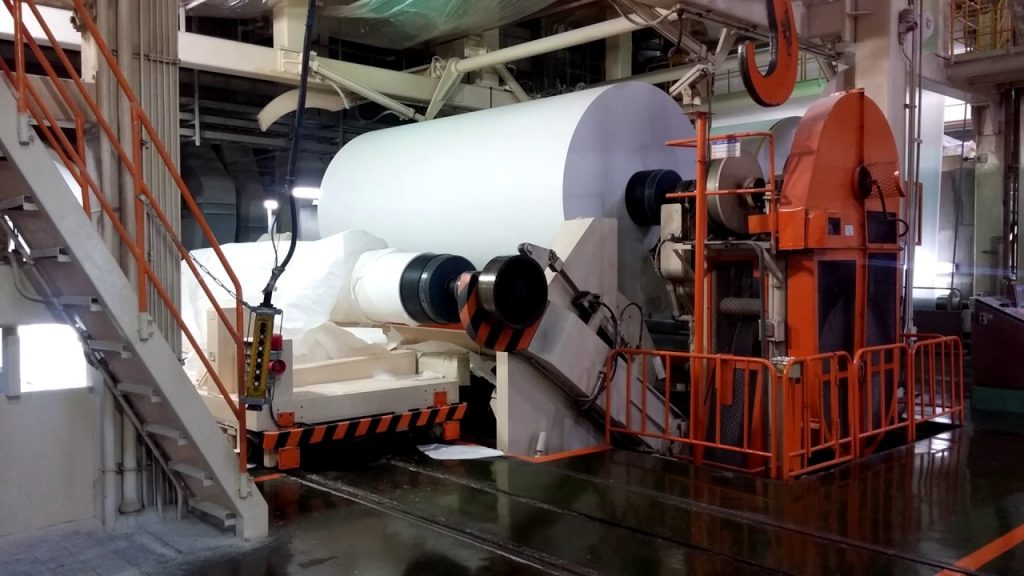The process of making paper

Pulp, the basic raw material for paper, is made from wood or waste paper.
Pulp is a collection of plant-based fibrous cells that separate cellulose that constitutes the cell membrane part of wood or other plants. In addition to cellulose, fibrous cells include lignin, hemicellulose, fat, wax, mucus, and minerals, among which only the cellulose-containing part of semi-cellulose is separated.
As for pulp raw materials, technology that utilizes forest resources that are abundant on Earth has been developed and wood is used as the main raw material. At first, coniferous trees such as fir trees and ash trees in the Han River region were mainly used, but now pulp manufacturing technology using broadleaf trees has also been developed. Coniferous trees are 3 to 6 mm long and broadleaf trees are 1 to 2 mm long, so they are usually made by mixing two fibers. The long fibers of conifers increase the strength of paper.
the process of making paper
: First, cut down the wood, peel it, finely cut it into chips, and then make it into pulp. Pulp is divided into mechanical pulp (shred wood process) and chemical pulp (craft process) according to the method of making it. The shrubbing process is made of pulp by adding water and heat without adding any chemicals and causing trees to collide with each other, and the process is simple and inexpensive. On the other hand, the kraft process involves mixing chips, water, and chemicals and steaming them to death at 170 degrees. At this point, lignin melts and decomposes.
The pulp that comes out through the kraft process goes through cleaning and bleaching, which discharges a large amount of wastewater. Then, we move on to the refining process, which is the most important process in making paper, which is to beat and loosen the pulp to make fibers flexible and allow cellulose to bind strongly together. Add fillers, sizing agents, dyes, etc. and combine them well and dilute them with a large amount of water (sizing). Transfer it onto a moving net, drain water, twist fibers to form a wetland, press dry, polish, and wind it (calendaring).
Thinking that even one A4 paper we use goes through this process, I really feel like we should save it.
